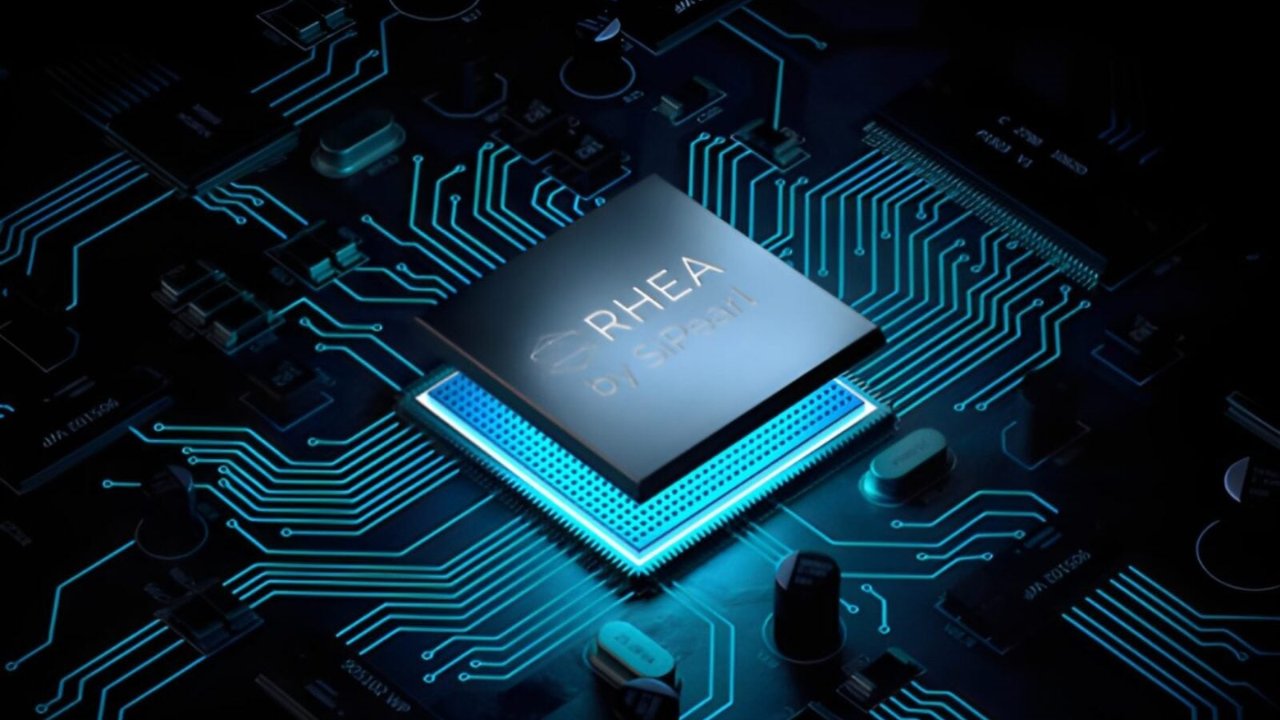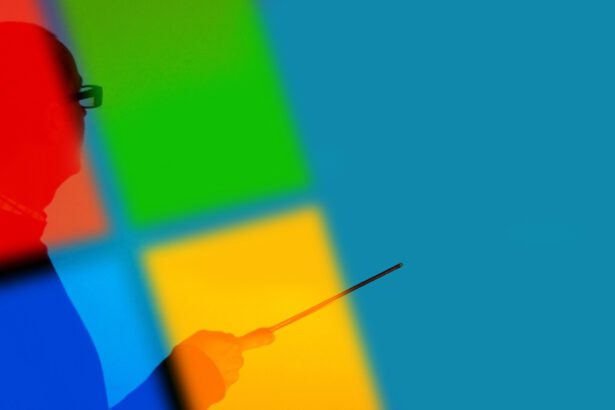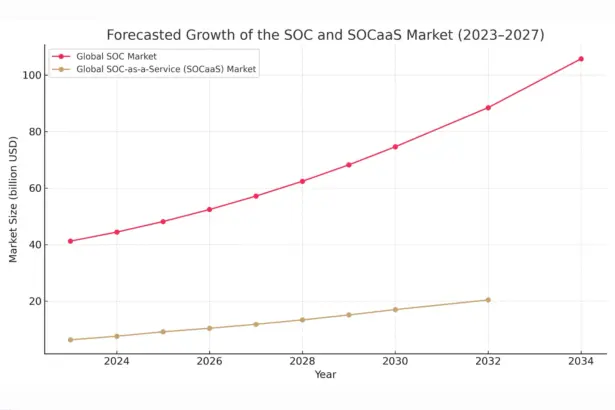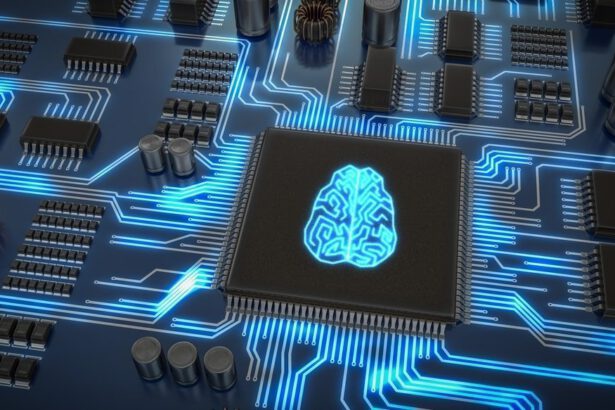France’s SiPearl has completed work on its flagship Rhea1 processor and has put it into production at TSMC factories. The chip is to power the future European exascale supercomputer Jupiter, which is being built in Germany. This is a milestone in Europe’s ambitions to become independent of US-Asian semiconductor suppliers. But at the same time, it shows how difficult and complex the road to technological sovereignty is.
Rhea1 is based on the Arm Neoverse V1 architecture and integrates 80 CPU cores and 54GB of HBM2E memory into a single chip. It is expected to power 1,300 CPU nodes planned for the Jupiter expansion – each equipped with two Rhea1 CPUs. The project was announced as a key part of Europe’s strategy to build its own HPC systems, but its delay casts a shadow over the original plans.
According to the timetable adopted a few years ago, the project was supposed to be completed as early as 2022 and the chips should reach testing in 2023. Meanwhile, the first units are not expected to be available until 2026. What’s more, the chip is still based on 6nm technology – today considered to be the previous generation in the context of high-performance chips – even though the delay theoretically allowed time to update the design.
It is also worth noting that despite SiPearl’s European origins, the processor itself can hardly be considered fully ‘independent’. The Neoverse cores are licensed technology from the UK’s Arma (now owned by SoftBank), and manufacturing takes place at Taiwanese giant TSMC. Although Rhea1 is designed in Europe, Europe does not yet have either the IP technology or the factories to fully control the lifecycle of its own chips.
Meanwhile, the Jupiter supercomputer itself – although its full form factor is still under construction – is already world-leading thanks to its use of 24,000 Nvidia GH200 chips. This shows that Europe still relies on US hardware to meet performance targets.
Rhea1 could become an important step towards the development of design competence in the EU. But the road to true technological autonomy will be much longer – and it is definitely not yet along a route set solely in Europe.










